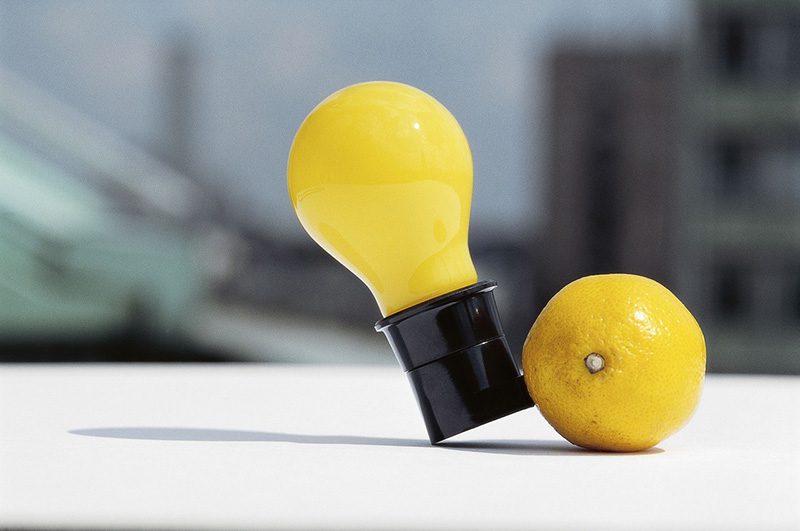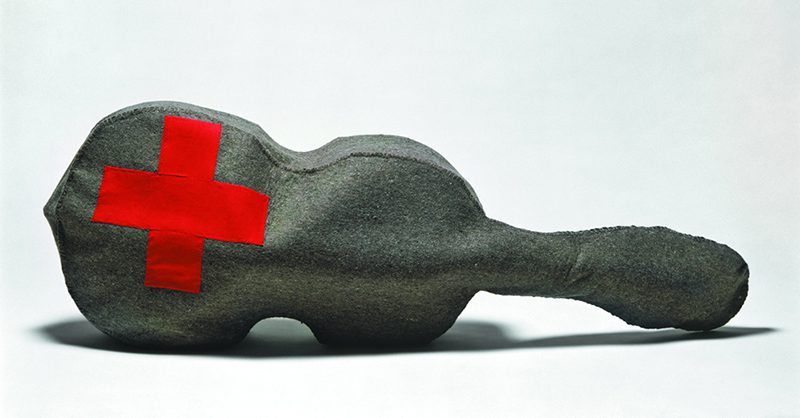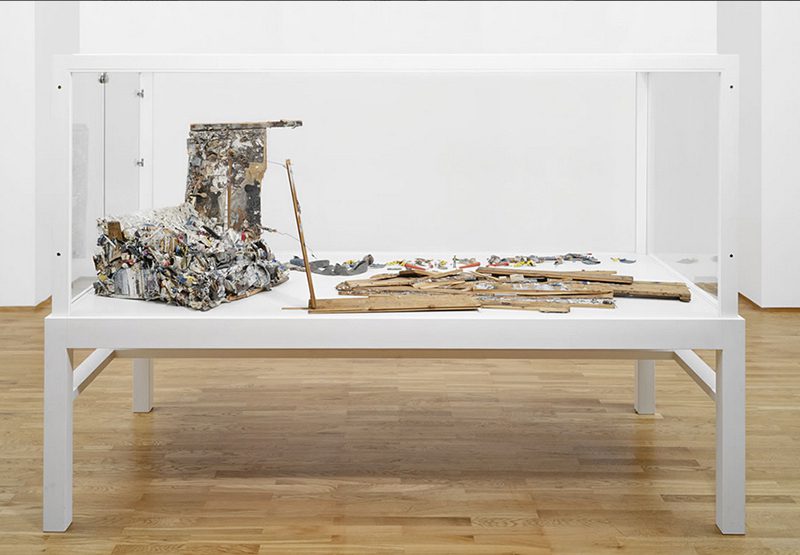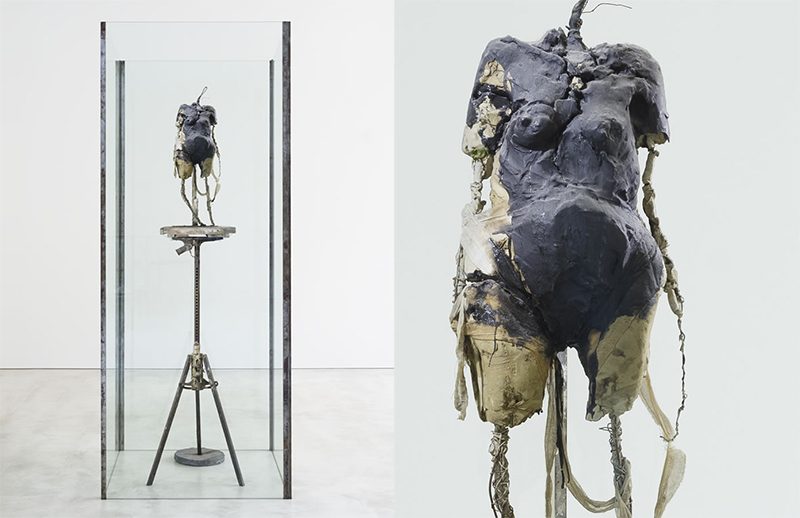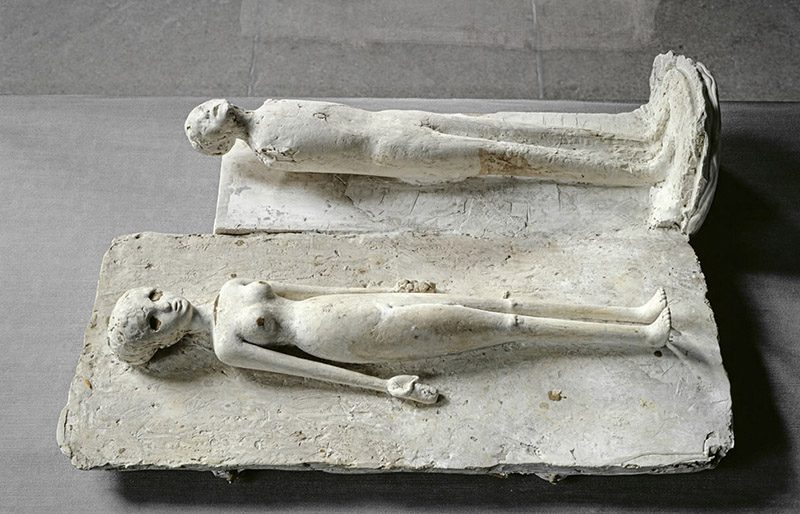ART-PRESENTATION: Joseph Beuys
 Joseph Beuys is one of the most influential artists of the 20th century. His work has always elicited a wide variety of responses. Beuys’s diverse body of work ranges from traditional media of drawing, painting, and sculpture, to process-oriented, or time-based “action” art, the performance of which suggested how art may exercise a healing effect (on both the artist and the audience) when it takes up psychological, social, and/or political subjects.
Joseph Beuys is one of the most influential artists of the 20th century. His work has always elicited a wide variety of responses. Beuys’s diverse body of work ranges from traditional media of drawing, painting, and sculpture, to process-oriented, or time-based “action” art, the performance of which suggested how art may exercise a healing effect (on both the artist and the audience) when it takes up psychological, social, and/or political subjects.
By Dimitris Lempesis
Photo: National Gallery of Canada Archive
Beuys’ first trip to Canada was to the Nova Scotia College of Art and Design, Halifax, in October 1970. He returned again to the school to give an artist talk in May 1976, accompanied by his friend and writer Heiner Bastian. Following his time in Canada in the 1970s, Beuys often expressed a hope that there would be an exhibition of his work in this country. Although it wouldn’t happen during his lifetime, nearly thirty years after his death Beuys finally has an exhibition at National Gallery of Canada. The National Gallery of Canada is presenting works by Joseph Beuys in a special two-year installation. Best known for his sculpture and performance art, Joseph Beuys was among the most significant artists to emerge from postwar Germany. The exhibition presents fifteen major sculptures, along with an impressive selection of his works on paper, spanning four decades of his enigmatic practice. The exhibition includes seminal works as “Torso”, “Pt Co Fe”, and “Hasengrab”, drawing. These sculptures span four decades of the artist’s practice: beginning with early work influenced by the German sculptors Wilhelm Lehmbruck and Ewald Mataré, through sculpture of the 1970s and 80s, achieving an incomparable formal and material vocabulary. In addition to producing single works, Beuys also produced 557 multiples. Ranging from “Felt Suit”, to “Capri Battery”, a yellow lightbulb plugged into a lemon, the multiples were intended to reflect individual aspects of Beuys’ practice. Beuys was also known for producing his own “Curated” vitrines. These museum-style showcases were filled with objects Beuys considered socially significant. “Creation, whether it be a painting, sculpture, symphony or novel, involves not merely talent, intuition, powers of imagination and application, but also the ability to shape material that could be expanded to other socially relevant spheres”. Tracing the development of Beuys’ sculptural oeuvre and exploring his parallel practice of drawing, the exhibition also highlights the artist’s unique use of materials and the themes that fuelled his art, from animal life to his own personal narrative.
Info: Info: National Gallery of Canada, 380 Sussex Dr, Ottawa, Ontario, Duration: 1/12/15-27/11/17, Days & Hours: Tue-Wed & Fri-Sun: 10:00-17:00, Thu 10:00-20:00, www.gallery.ca

